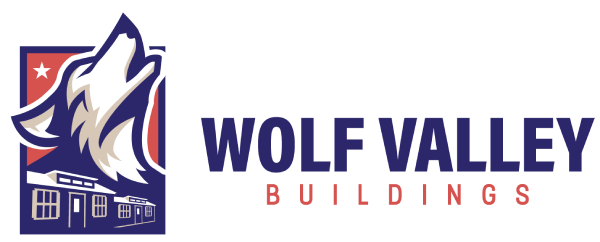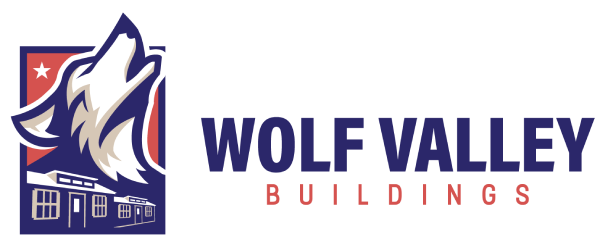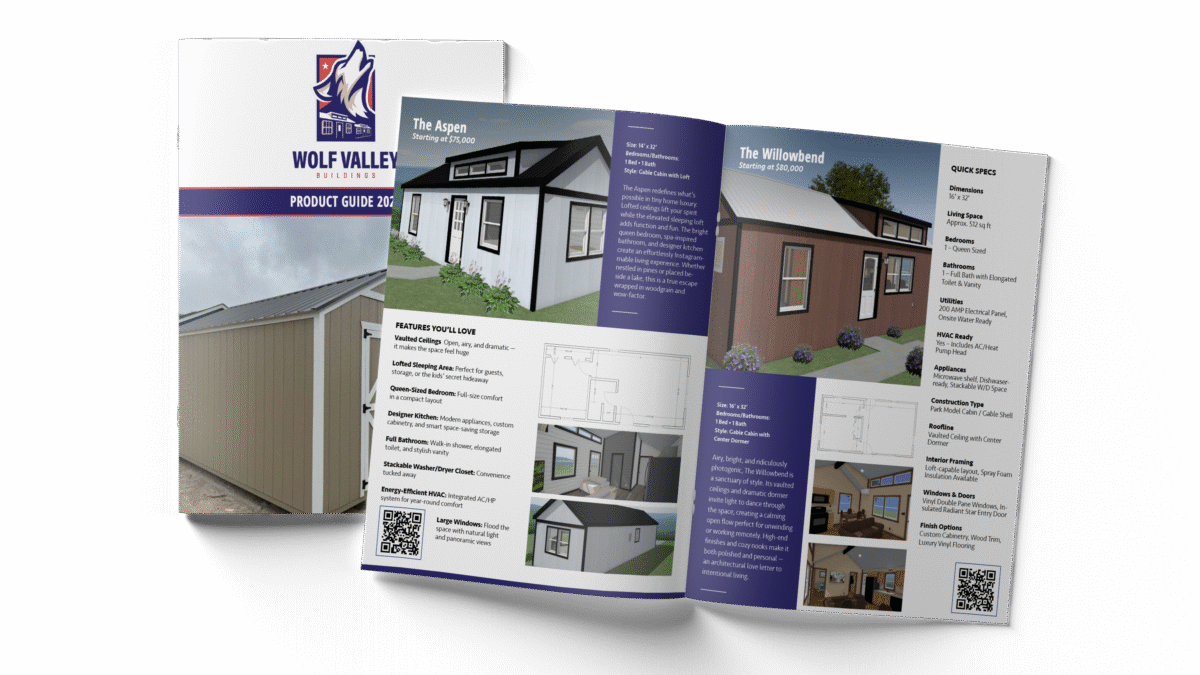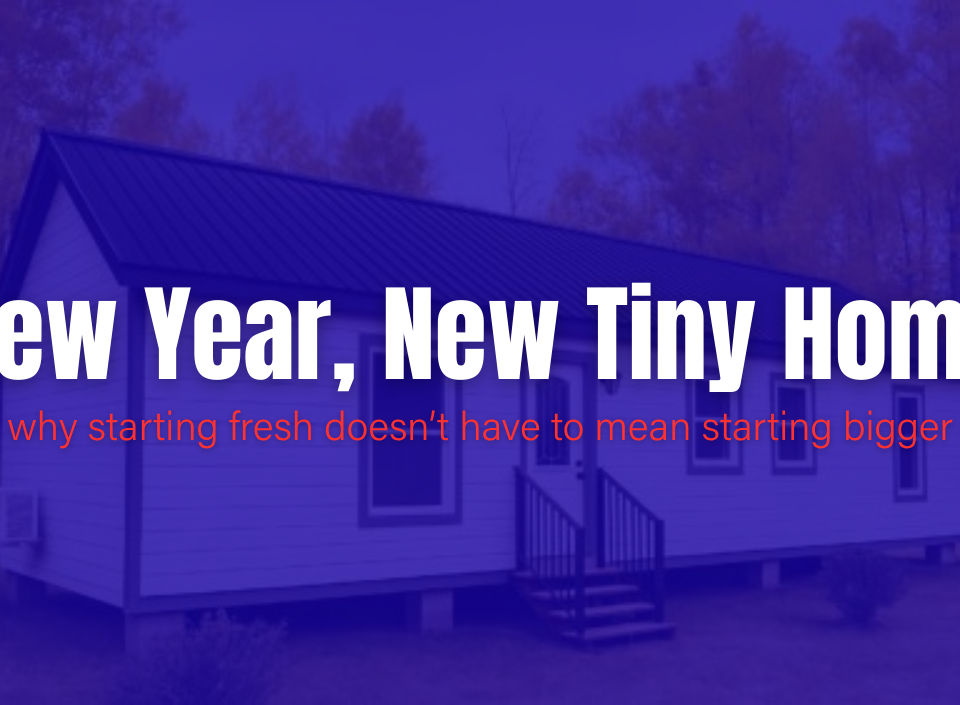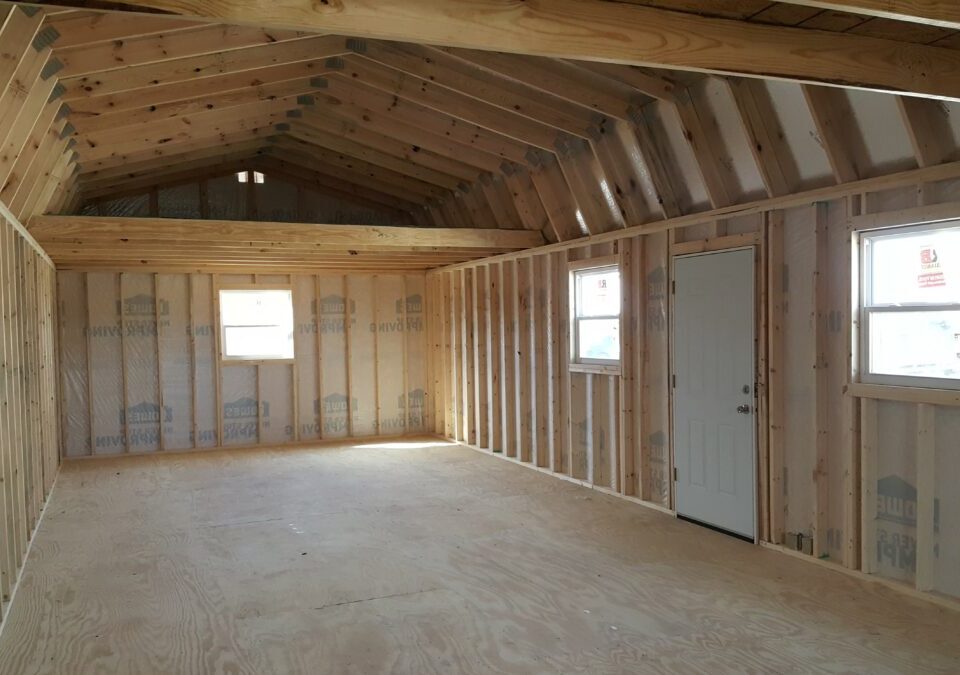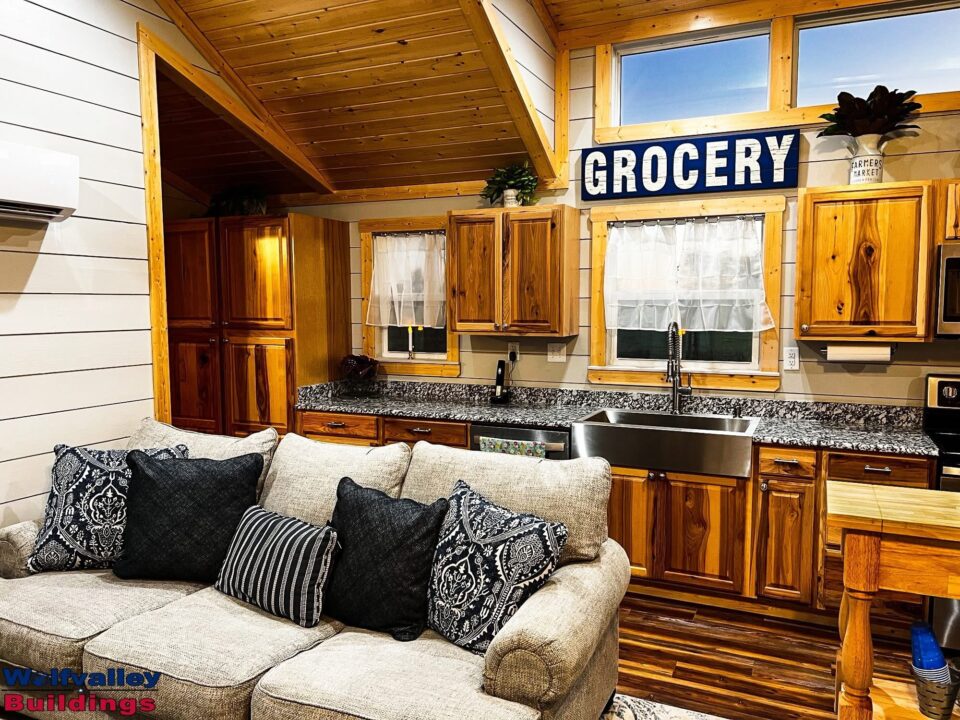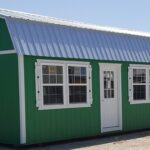
The Booming Tiny Home Market in Texas, Oklahoma, and Arkansas: Industry Growth & Trends
July 19, 2025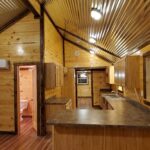
How to Prep Utilities for Your Tiny Home
July 20, 2025What to Ask Before Buying Land for a Tiny Home in Texas 🏡📋
Buying land can feel like freedom—especially when you’re dreaming of a tiny home. But before you purchase that perfect patch of Texas soil, it’s important to ask the right questions. Land isn’t just dirt and trees. It comes with rules, risks, and realities that could make or break your dream if you’re not prepared.
At Wolf Valley, we’ve helped countless customers navigate the journey from raw land to finished cabin. We’ve also seen people run into costly setbacks simply because they didn’t know what to check before signing. That’s why we created this guide—to walk you through what to ask before buying land for a tiny home in Texas. Asking early gives you confidence, saves money, and helps you move forward with peace of mind.
Is the Land Zoned for Residential Use? 🗺️
Zoning determines how land can be used, and it varies from place to place. In some rural counties, zoning may be loose or nonexistent. In others, even large parcels can have strict residential rules. Always check the zoning designation with the county appraisal district or permitting office before you buy.
If the land is zoned agricultural, make sure it allows for a personal residence. If it’s considered commercial or industrial, placing a tiny home may not be allowed. Don’t assume anything—ask directly, and get it in writing if possible.
Many Wolf Valley customers find the most flexibility in unincorporated areas, where zoning is minimal and permits are less burdensome. But even in those places, deed restrictions can still affect your ability to build.
Are There Any Deed Restrictions or Covenants? 🔐
A parcel might look perfect—quiet, remote, full of trees—but if it has deed restrictions, those hidden rules can derail your plan. Restrictions may limit the size of the structure, require a permanent foundation, or prohibit any home under a certain square footage.
Ask the seller or title company to provide a copy of the deed and any associated covenants or homeowner association rules. Look specifically for clauses related to building type, accessory structures, mobile homes, and minimum home size.
Even if the county allows tiny homes, a private landowner or HOA can still restrict them on a deeded lot. That’s why it’s important to confirm both the public and private rules before moving forward.
Does the Land Have Access and a Legal Entrance? 🚗
A lot of land listings look great on a map—but they don’t always include a road or legal easement. Make sure your parcel includes legal, year-round access. If it doesn’t, you could end up owning land you can’t reach without trespassing.
Also consider delivery access. At Wolf Valley, we transport fully built homes on trailers. That means we need clear paths, wide turns, and stable surfaces. Ask yourself:
– Is the entrance wide enough for a truck and trailer?
– Will low branches, steep grades, or narrow gates cause problems?
– Can the home be delivered and leveled on a cleared pad?
Planning ahead now prevents delivery day headaches later. If you’re unsure, send us photos or a GPS pin and we’ll help evaluate the access.
What Utilities Are Available (Or Possible)? ⚡💧
Utilities can turn a great deal into a budget buster if you’re not prepared. Before you buy, ask about:
– Electricity: Is there a power pole nearby? Which utility company services the area?
– Water: Does the land have a well, or is city water available? If not, can you drill a well?
– Sewer: Is there an existing septic system? If not, does the land pass a perc test for one?
Even if you’re planning to go off-grid, it’s good to know what your options are. Adding solar panels, composting toilets, or rainwater systems still requires planning and investment. The more information you have upfront, the better you can budget—and design your home accordingly.
Is the Land in a Floodplain or Hazard Zone? 🌧️
Flood zones, drainage paths, and soil quality can all affect your build site. Ask the seller or your real estate agent to pull a floodplain map. You can also check directly at floodmap.gov.
Building in a flood zone may require elevation, special permits, or even flood insurance. And in certain areas, insurance may be hard to obtain at all. It’s always easier to build on high, dry land.
Also consider terrain. Will you need to level the site, remove trees, or bring in fill? These steps add cost and time to your project. If possible, walk the land with a contractor or site prep specialist before you commit.
Are There Nearby Services or Local Resources? 🧰
Even if you want a remote getaway, it’s helpful to know what’s nearby. Ask about local tradespeople, septic installers, electricians, and delivery access. In some counties, services are limited—and that can delay your project.
You might also ask about internet access if you plan to work remotely or stream content. Some rural areas have fiber lines or strong LTE signals; others rely on satellite. Either way, it’s best to ask upfront rather than assume.
At Wolf Valley, we’ll walk you through what kind of prep your land needs based on your model. But having a list of trusted locals can speed everything up once you’re ready to build.
Can You Visit the Property in Person? 👀
Photos don’t always tell the whole story. Before you buy land for your tiny home, try to visit it yourself. Walk the boundaries. Stand where the front porch might go. Check for noise, neighbors, views, drainage, and sun exposure.
If you can’t visit in person, ask for a drone video or a virtual walkthrough. Many agents now offer this, and it can save you from buying land that doesn’t match your expectations.
Trust your gut. If something feels off—or if the seller can’t answer your questions clearly—keep looking. The right land is out there, and it’s worth waiting for the right fit.
Internal Links:
Smart Appliances for Small Spaces: Big Function in Tiny Homes
The Art of Letting Go: What Tiny Living Taught Me About Minimalism
